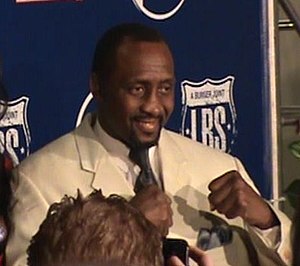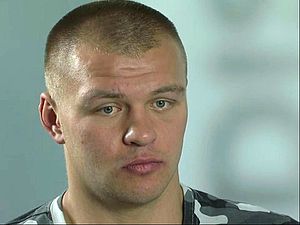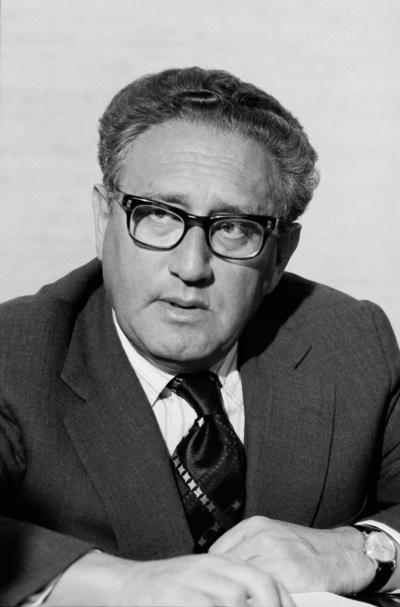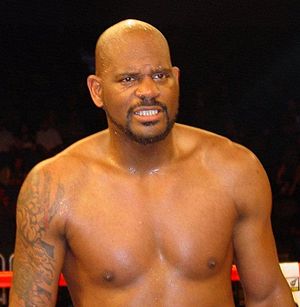Thomas Hearns
Birthday October 18, 1958
Birth Sign Libra
Birthplace Grand Junction, Tennessee, U.S.
Age 65 years old
Nationality United States
Height 6 ft 1 in
Weight Welterweight Light middleweight Middleweight Super middleweight Light heavyweight Cruiserweight
#7706 Most Popular













